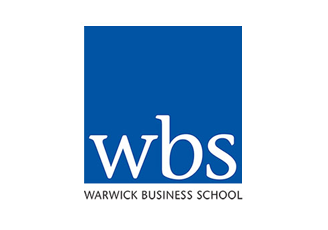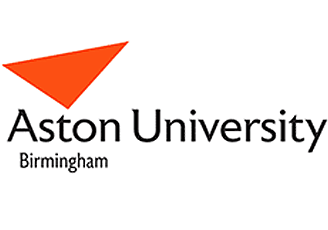Productivity in SMEs: A tale of the tortoise and the hare?
In recent years, we have heard much of the ‘frontier firms’ – those at the top end of the productivity scale, leaping further ahead of other firms – the hares and the tortoises, if you will. But our recent research, examining Companies House data for more than 17,000 firms across 12 sectors, suggests that small and medium sized enterprises (SMEs) with lower levels of productivity are just as likely to see their productivity grow as those with higher levels of productivity. And we found that firm age, size or investment levels didn’t matter either.
So, what enables smaller firms to be successful – if it is not about their past performance? In the qualitative element of the research, we identified some common factors for SME productivity growth:
1) Leadership: in all the firms we spoke to, we found experienced and knowledgeable leaders. The background of the leaders varied. Some had formal management training; some were experienced leaders; some explicitly cited the value of earlier experience in bigger firms which they could bring into the smaller firm; some had grown through their existing firm.
But they all held in common a value which placed customer and staff satisfaction as core to the business and from which strong people and operational management processes were established. This is encapsulated in this quote from one participant:
“we believe that if you love your people, they will love your customers, and then you grow a successful business and make profits.”
Strong leaders also developed, or recruited, a strong leadership team. We saw some examples of firms changing from being family owned and managed to being family owned, but professionally managed. A change in leadership signalled a change in strategy and fortune for the majority of firms interviewed, but new leaders needed time to ensure the people they worked most closely with shared their values.
2) Innovation, activities and markets: the majority of the firms interviewed offered some form of innovative product or service and/or operated in a niche market. Innovation was both tactical (e.g. one firm recognised that as a small firm, they couldn’t lead innovation in all areas, but ‘cherry picked’ the areas they could lead in) and reactive (responding to customer demand).
Most manufacturing firms we interviewed exported the majority of their output and were competing internationally. As well as being able to react, they also needed international sales and/or support teams, agents or partners to position, sell and support the use of their product.
Innovation was also seen to permeate through the business:
“innovation exists everywhere, it exists in the cleaning department, the fabrication department, the stores department, it exists everywhere in our company”.
3) Strategic and tactical investments: Investment seemed only weakly related to productivity in the quantitative analysis we did. The qualitative research sought to understand this more fully.
All of the manufacturing businesses had made investments in recent years in plant or in digital processes and product investments. Digital investments ranged from CRM systems to investing in developing robots to aid production in a growing market where demand is unpredictable.
Investments are usually formal and routinised (e.g. a certain amount of turnover or profit each year is allocated to R&D or investment activities) and/or well-planned and strategic with significant lead-in times to investments. For example, one firm, which had been sold by the owner-managers 10 years previously, took 5 years to plan before investing in plant and machinery.
In the services sector, some firms invested in acquisitions or in developing new ‘spin-off’ enterprises. Digital investment was also common, in marketing or in the whole operation of the business, e.g.
“….it was never a technology business; it was a recruitment business….. But increasingly, in all areas, that’s a little bit more blurred now”.
4) People at the fore: most respondents were passionate about the importance of people to the success of the business. They all adopted an array of practices in managing people and had the autonomy to do so.
A range of regular, routinised activities were found to motivate and engage staff. There was less emphasis on staff training and management development than on good communication and creating a good place to work where staff could achieve job satisfaction and deliver excellent results.
5) Learning from the business: most of the firms interviewed emphasised the importance of good information on business operations, routinely analysed and widely shared. Data was twinned with autonomy (again), with one describing this as:
“You’ve got that FTSE 100 control data … but then we have the best of both worlds because we have the flexibility and decision-making process of a small-medium enterprise.”
A lengthy list of ingredients create the recipe for a productive firm. But what our research shows us is that you don’t have to have a head start. Changes in management or market; followed by planning and routine; with a focus on your people and learning from your data might just help get more of the tortoises and the hares over the productivity line together.
Carol Stanfield, ERC Research Associate
Please note that the views expressed in this blog belong to the individual blogger and do not represent the official view of the
Enterprise Research Centre, its Funders or Advisory Group














